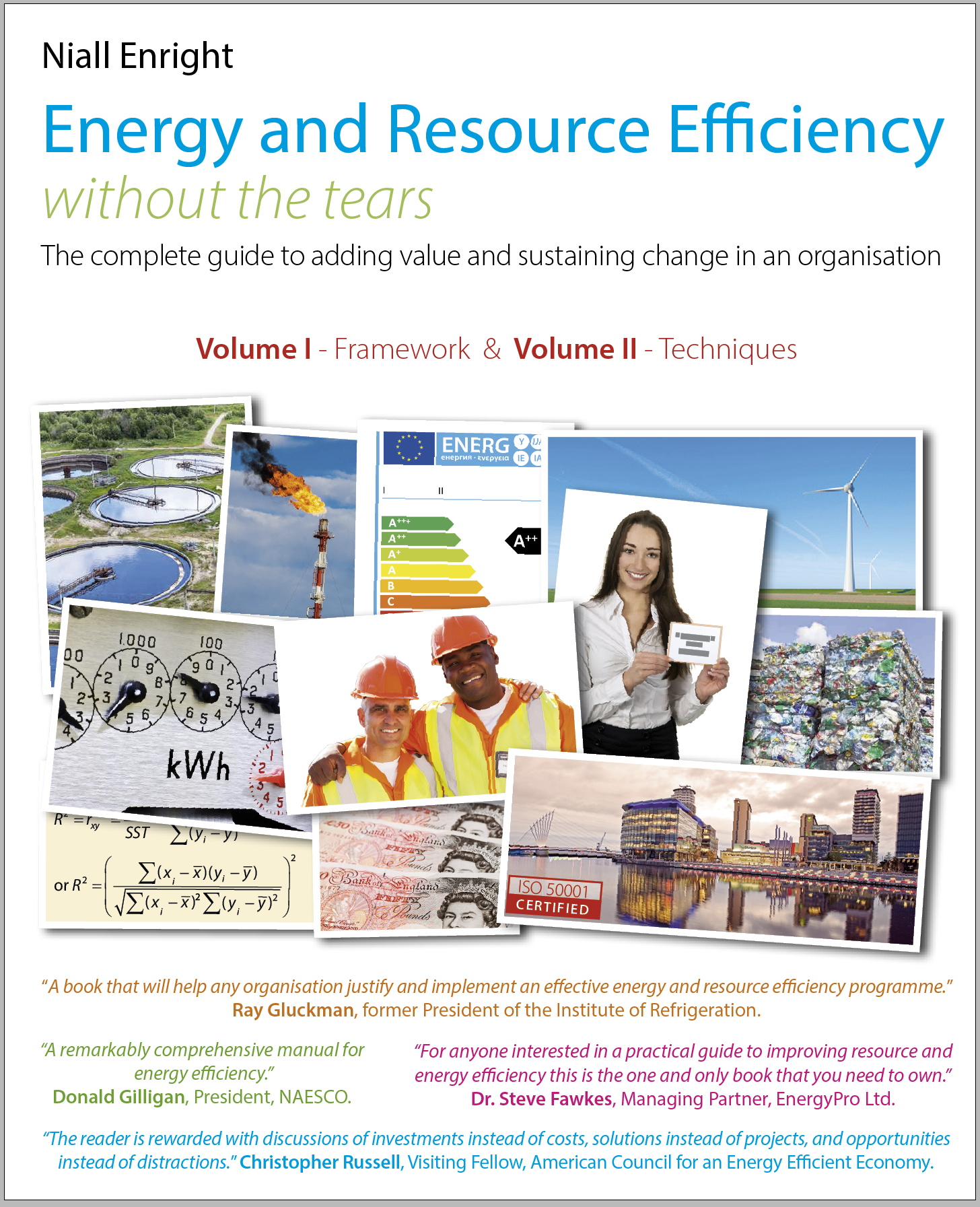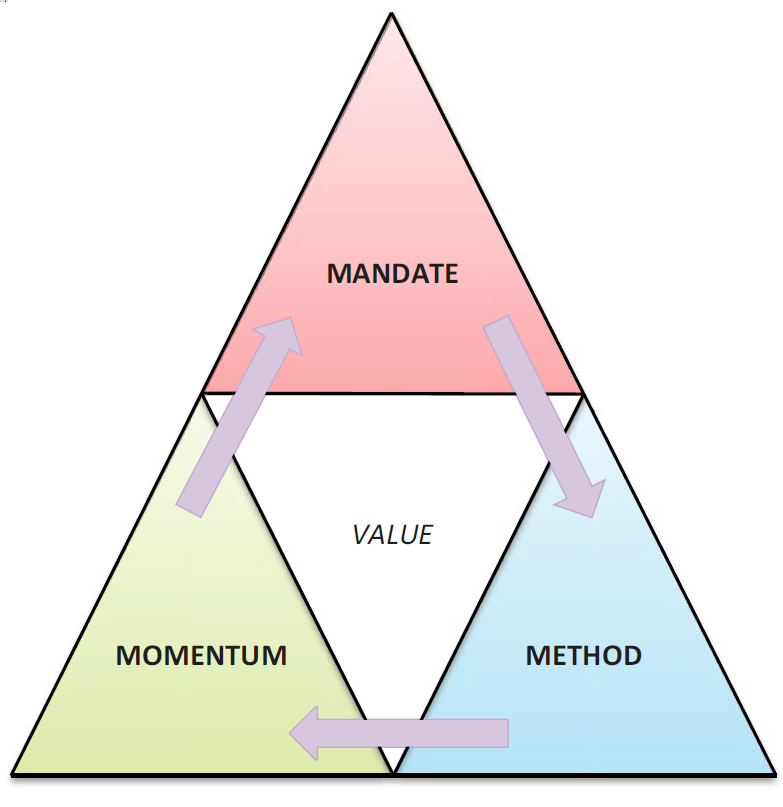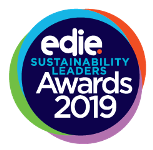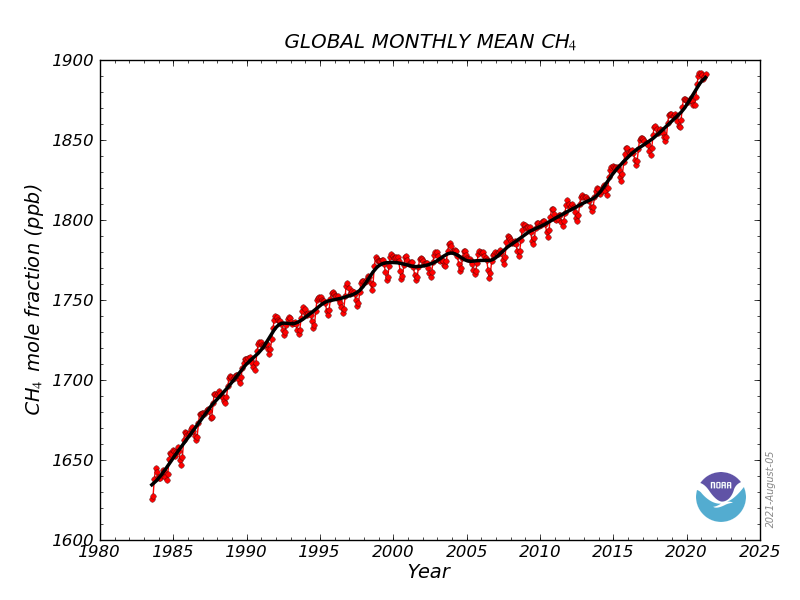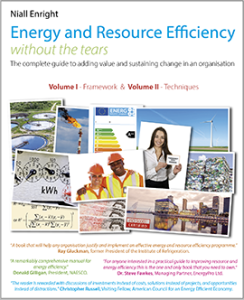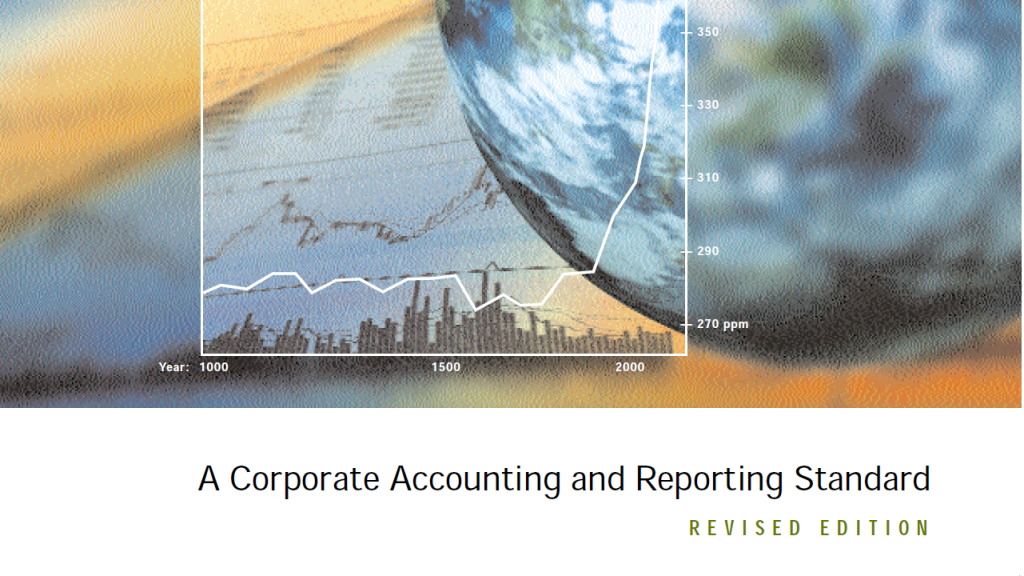
In this article I will be talking about why the Greenhouse Gas Protocol is broken and what we can do to fix it.
I will describe four changes that could have a big impact on how organizations deliver their promises to decarbonize. I will get down into the weeds somewhat but please bear with me – this stuff is important. The changes I am proposing are:
- extend Scope 2 to include all energy carriers such as Hydrogen, in order to avoid emissions ‘leakage’ to Scope 3
- introduce additionality rules around market-based reporting of Scope 2 emissions
- use GWP20 emissions factors instead of GWP100
- include Hydrogen as a greenhouse gas
I can almost sense your eyes glazing over. This looks uber-geeky, technical and deep into the detail of the GHG Protocol. But let me emphasize: these changes will have a huge effect on our ability to deliver urgent effective emissions reductions.
I have sought to bring this piece to life with real-world examples. My hope is that you, the reader, will understand the issues involved and share this post and help lobby for the changes proposed. The only way this will move the dial is if these changes are implemented. If you are connected with folks in the WRI or WBCSD who are responsible for the Protocol, please draw their attention to the points raised – we are in the territory here of ‘unintended consequences’ not deliberate miss-design, so please be nice!
read more…
